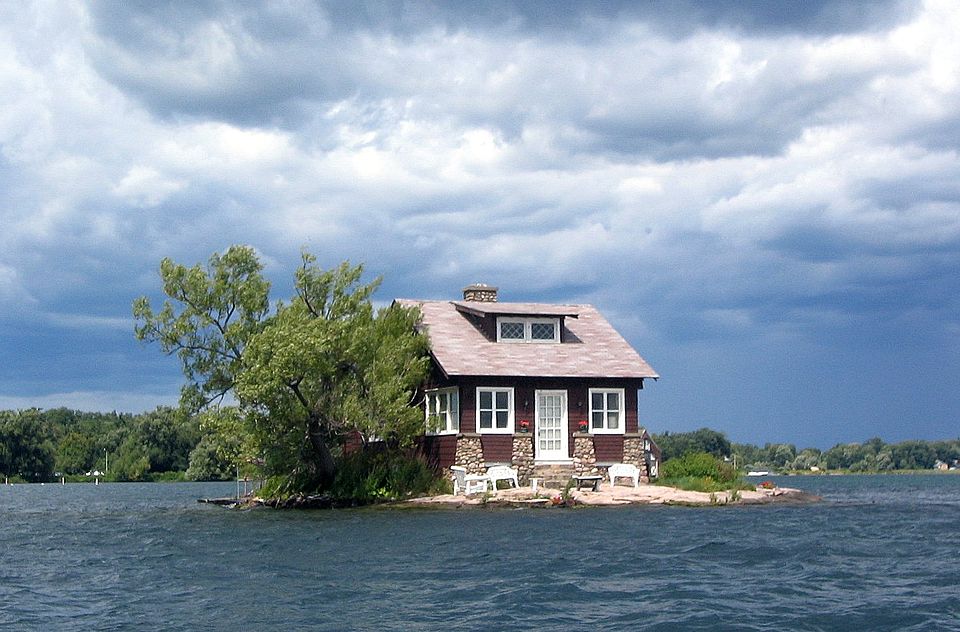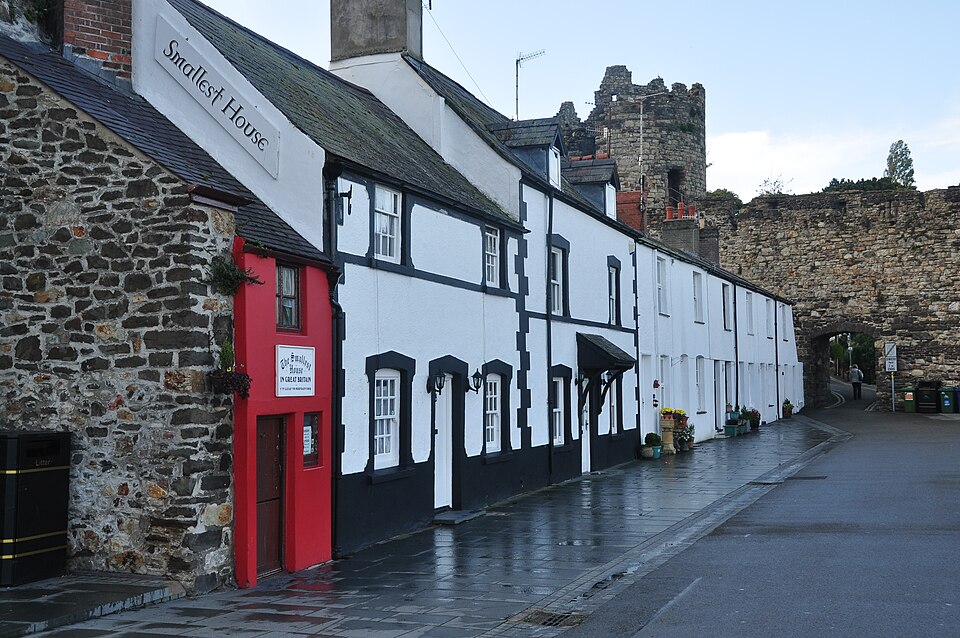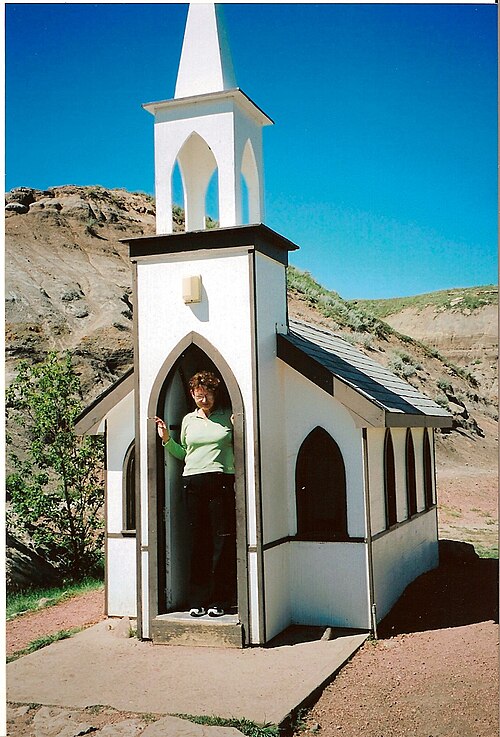
A week after songwriter Jim Croce died in a plane crash in 1973, his wife, Ingrid Jacobson, received this letter:
Dear Ing,
I know I haven’t been very nice to you for some time, but I thought it might be of some comfort, Sweet Thing, to understand that you haven’t been the only recipient of JC’s manipulations. But since you can’t hear me and can’t see me, I can’t bullshit, using my sneaky logic and facial movements. I have to write it all down instead, which is lots more permanent. So it can be re-read instead of re-membered, so, it’s really right on the line.
I know that you see me for who I am, or should I say, as who I are. ‘Cause I’ve been lots of people. If Medusa had personalities or attitudes instead of snakes for her features, her name would have been Jim Croce. But that’s unfair to you and it’s also unhealthy for me. And I now want to be the oldest man around, a man with a face full of wrinkles and lots of wisdom.
So this is a birth note, Baby. And when I get back everything will be different. We’re gonna have a life together, Ing, I promise. I’m gonna concentrate on my health. I’m gonna become a public hermit. I’m gonna get my Master’s Degree. I’m gonna write short stories and movie scripts. Who knows, I might even get a tan.
Give a kiss to my little man and tell him Daddy loves him.
Remember, it’s the first sixty years that count and I’ve got 30 to go.
I Love you,
Jim
(From Ingrid’s 2012 memoir, I Got a Name: The Jim Croce Story.)














